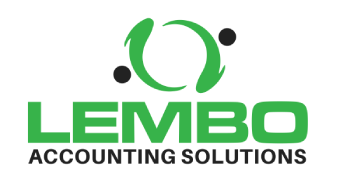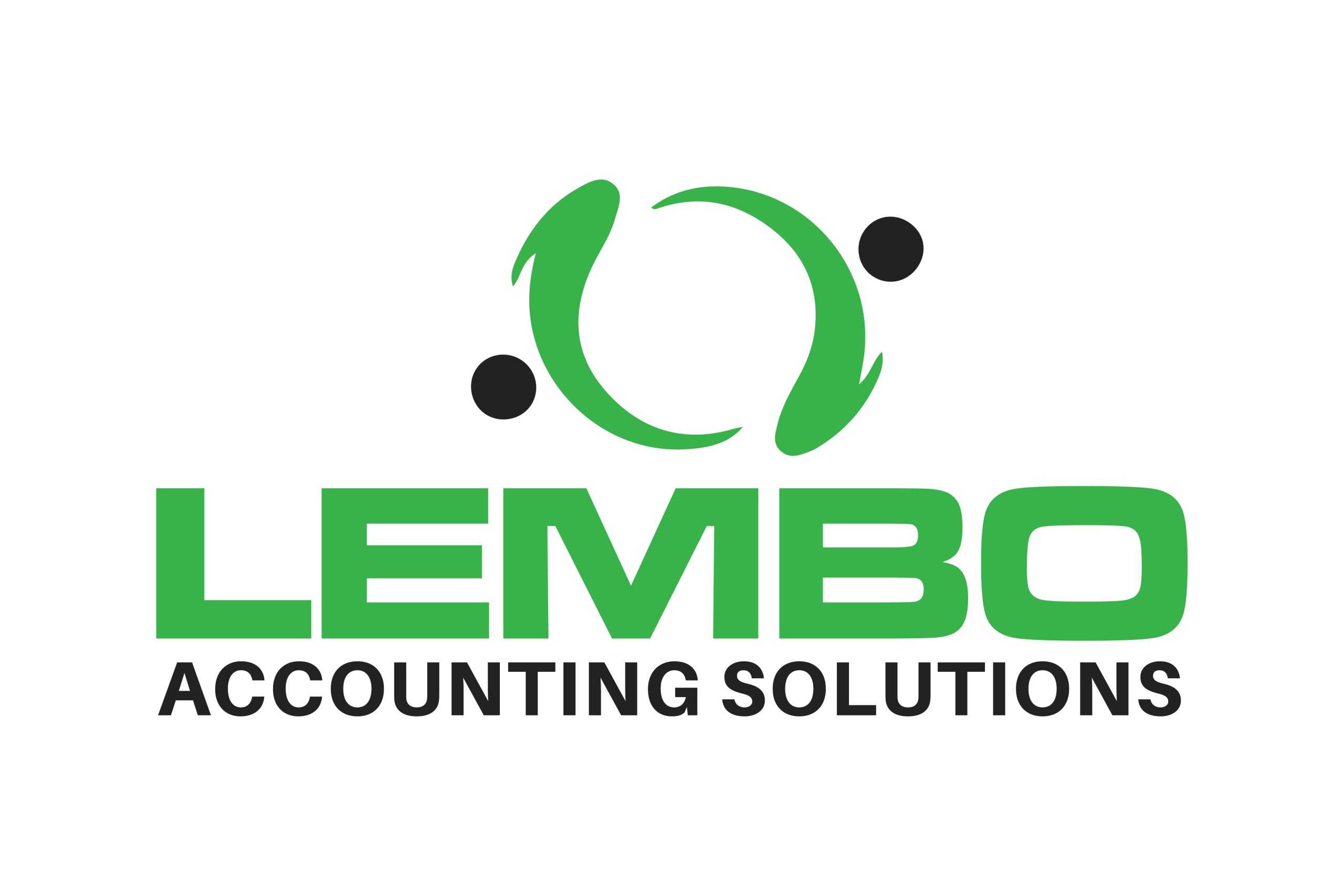💉 Are GLP-1 Medications Tax Deductible? What You Need to Know for 2025
GLP-1 medications like Ozempic, Wegovy, Mounjaro, and Zepbound have become incredibly popular — not just for diabetes, but also for weight management.
If you’re paying out-of-pocket, you may be wondering: Can I deduct these costs on my tax return?
Let’s walk through the IRS rules, what counts, what doesn’t, and how to document your expenses properly.
🧾 The IRS Rule Behind Medical Deductions
The IRS allows deductions for qualified medical expenses paid for the diagnosis, cure, mitigation, treatment, or prevention of disease.
These expenses are reported on Schedule A if you itemize deductions, and only the amount that exceeds 7.5% of your Adjusted Gross Income (AGI) can be claimed.
So, if your AGI is $100,000, your first $7,500 in medical expenses doesn’t count — only the amount above that threshold is deductible.
💉 When GLP-1 Costs Qualify
You can deduct GLP-1 medication costs if:
-
The prescription was written by a licensed medical provider (MD, DO, NP, or PA), and
-
It’s used to treat a medically diagnosed condition.
Here are examples of qualifying diagnoses that typically make GLP-1 expenses eligible:
✅ Metabolic & Endocrine Conditions
-
Type 2 Diabetes Mellitus
-
Prediabetes (under physician supervision)
-
Insulin Resistance (as part of a treatment plan)
-
Metabolic Syndrome
✅ Obesity-Related Diagnoses
-
Clinically Diagnosed Obesity (BMI ≥ 30)
-
Overweight (BMI ≥ 27) with at least one of the following:
-
Hypertension (high blood pressure)
-
Dyslipidemia (high cholesterol or triglycerides)
-
Cardiovascular disease
-
Sleep apnea
-
Non-Alcoholic Fatty Liver Disease (NAFLD or NASH)
-
✅ Reproductive & Hormonal Conditions
-
Polycystic Ovary Syndrome (PCOS) with insulin resistance or obesity
-
Post-gestational diabetes
If your provider prescribes a GLP-1 as part of your treatment for one of these diagnoses, it’s generally considered a qualified medical expense.
🚫 When GLP-1 Costs Do Not Qualify
You cannot deduct GLP-1 expenses if:
-
The drug is used only for general weight loss or cosmetic reasons.
-
You purchased it through a wellness or med-spa program without a formal medical diagnosis.
-
You didn’t receive a written prescription or medical records showing it was prescribed for disease treatment.
Even if your provider is at a med-spa, the deduction can still qualify — but only if the provider is licensed and you have proper diagnostic documentation for a legitimate medical condition.
🧩 Example
Example:
Taylor pays $4,800 out of pocket in 2025 for Wegovy from a licensed physician who diagnosed her with obesity (BMI 33) and hypertension. Her total medical expenses for the year are $10,000, and her AGI is $100,000.
-
$7,500 (7.5% of AGI) is nondeductible.
-
The remaining $2,500 can be deducted on Schedule A if she itemizes.
Result: Taylor can include her Wegovy expenses because they were prescribed to treat a diagnosed disease — not for cosmetic weight loss.
🩺 Documentation You Should Keep
If you plan to deduct your GLP-1 costs, maintain:
-
A copy of your medical diagnosis or chart note from a licensed provider
-
The prescription for the GLP-1 medication
-
Receipts or invoices showing you paid out of pocket
-
Proof of no reimbursement (not covered by insurance, FSA, or HSA)
These records are essential in case the IRS ever questions your deduction.
💡 Final Thoughts
GLP-1 medications can be life-changing — and in some cases, tax-deductible.
The key is documentation and medical necessity. If your treatment is tied to a legitimate diagnosis like diabetes or obesity, your out-of-pocket costs may reduce your taxable income.
If the treatment is purely cosmetic or elective, it won’t qualify.



